Most parts of South Sudan are potentials for cereal grains production. This is largely because these areas area:
Maize, which is the main food for a great number of South Sudan’s population, grows well in most part of the country, including:

Sorghum is an important food stable crop cultivated in all states of South Sudan under subsistence rainfall. The crop is also cultivated under mechanized rain fed and irrigated system in the northern counties of Upper Nile state. Other states in the country started adapting mechanization in their stats since 2005.
Sorghum grows well under the following conditions:
Opportunities for sorghum investment are available in the following areas:
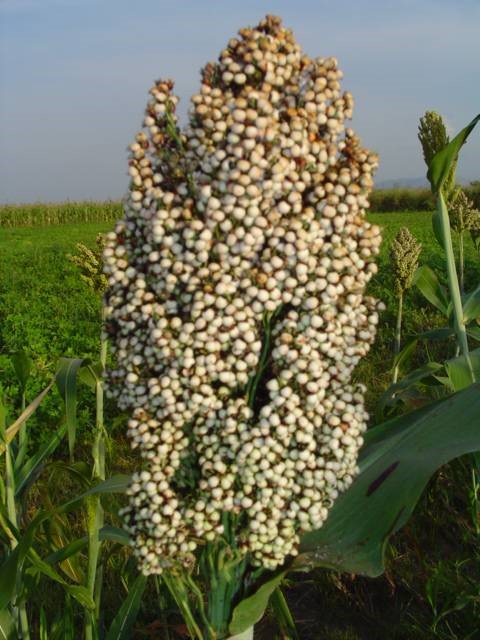
Rice is a stable food crop that is produced in flood plain areas of South Sudan.
Two varieties have demonstrated a success in the past, namely:
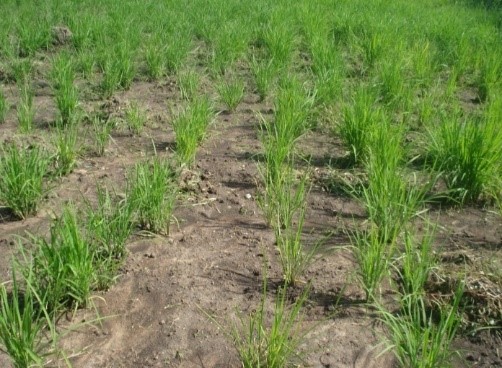
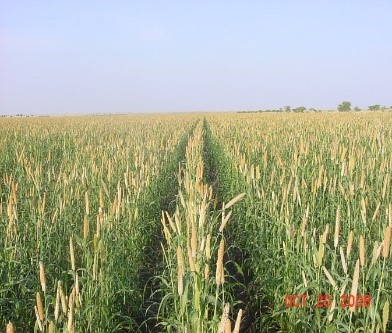
Wheat is a grain crop that requires cold temperature; as such, its production is not common in most parts in the country. South Sudan is currently a net wheat and wheat flour importer.
Some varieties of wheat crop have been tried in the past certain parts of the country, including:
Oilseed crops are set to play an important role in the South Sudanese economy because of their potential to open up employment opportunities, provide raw materials for industries and generate revenue and foreign currency for the country.
Thus, the Government is particularly keen to attract investors to help revive the old oilseed plantations and mills in Nzara and Yirol.
Oil crops grow well in areas along rivers in the northern and central part of country. They can also be produced in areas of the Green Belt with:
The states of Upper Nile and Lakes, in addition to the areas of the Green Belt are potential investment areas for oil crops, particularly oil palm, groundnut and sesame.
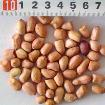
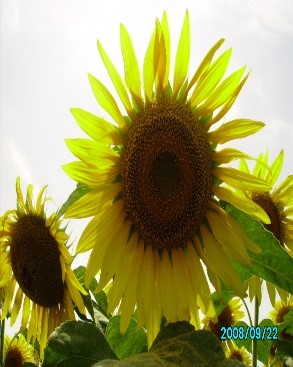

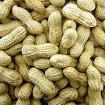
Cotton is another oil seed cash crop that has a great potential. Its production was introduced into the country in the 1940s during the colonial period.
Cotton is a labor intensive crop that grows well under:
The potential states for cotton investment included:
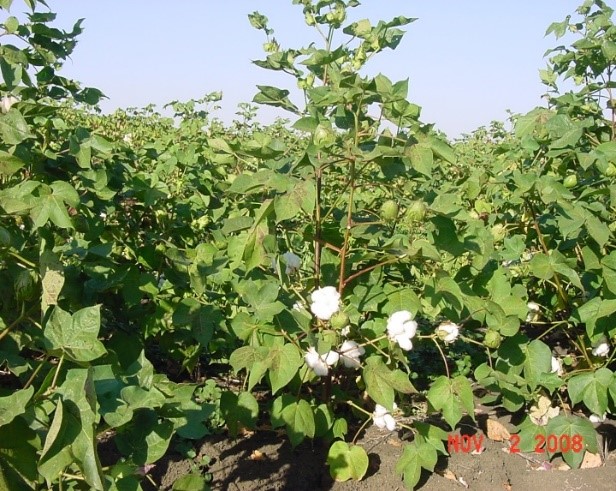
Beans are important crops of nutritional value that are grown under different climatic conditions. Currently, beans are grown in South Sudan under subsistence farming.
The most important varieties cultivated locally include soybean, cowpeas, white beans and green beans.
Potential for the crop exists in the areas of:
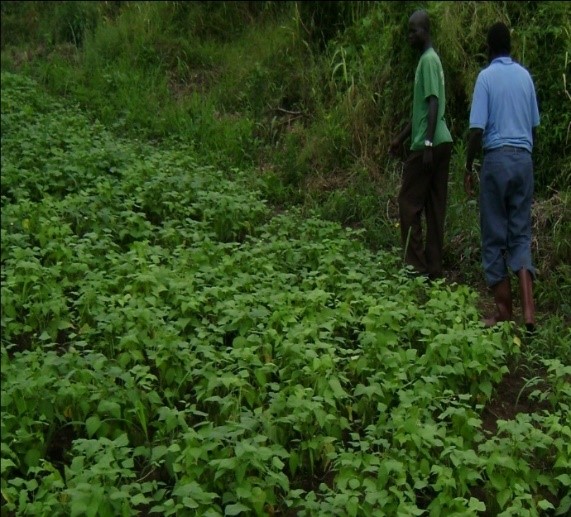
Coffee, tea and tobacco are important cash crops that grow well in areas of the Green Belt with abundant rainfall, moderate cool temperature and good soil drainage.

Tobacco is another cash crop that suites the environment of the Green Belt, particularly, in Yei, Kajo-Keji, Maridi and Magwi.
While vast areas of South Sudan are suitable for sugarcane, two sites at Melut in northern Upper Nile State and Mongalla in Central Equatoria State, are identified as being most suitable for sugar cane plantations and sugar production due to:
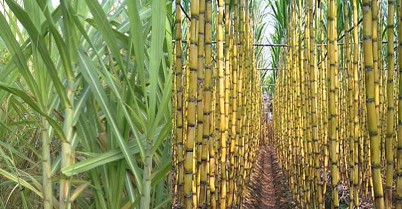
Ecologically, South Sudan climates are suitable for growing different types of tuber crops. The most important tuber crops grown under rain fed in green belt zones include: cassava, Irish potatoes and sweet potatoes.
Cassava is an important food security crop for the majority of equatorial people.
The crop grows well in Green Belt areas where temperature and soil are suitable.
The potential for production of the crop on commercial basis are available in the areas of;
Sweet potatoes are another important tuber crop of high value. The crop is cultivated intensively under the climate of:
Opportunities are available for local and foreign investment in the production of Irish potatoes in:

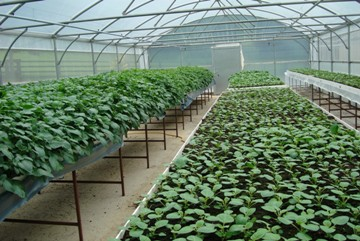

Given the environment South Sudan, horticulture of high value can be produced in almost all states of South Sudan. Such opportunities are found in the following subsector:
Vegetables:

Known as ladyfinger, it is cultivated in tropical and subtropical areas. It requires warm temperate regions. The majority of the population in the country consumes the crop.
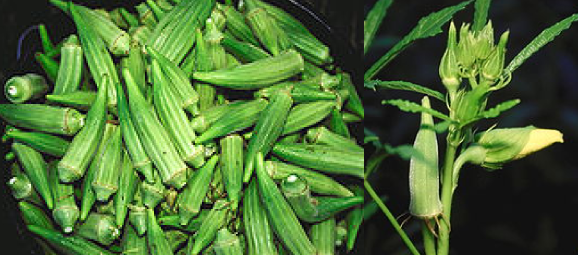
Fruit production and processing are important sub-sectors that has a potential to boost South Sudan’s economy. These can be grown extensively in all states of South Sudan because of the suitable climate. Thus, there are opportunities for domestic and foreign investment in the areas of the Green Belt, greater Bhar el Gazal and greater Upper Nile states.
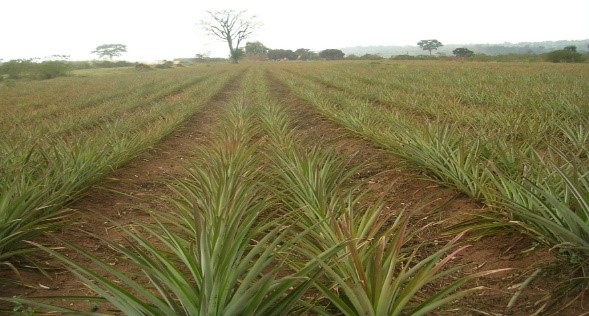


South Sudan offers opportunities for investment in sustainable forestry and forest products because of:
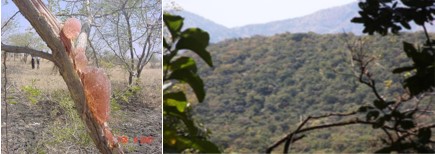
Gum acacia (Arabic) is an economic tree that grows well in seven states of the country. Investment potential are available in the states of greater Upper Nile and the Bhar el Gazal states, particularly in areas along the Sudan-South Sudan. People in these areas have long experience in the production and processing of Gum Arabic. Thus, South Sudan has the potential to become a major exporter of Gum Arabic to the international market.